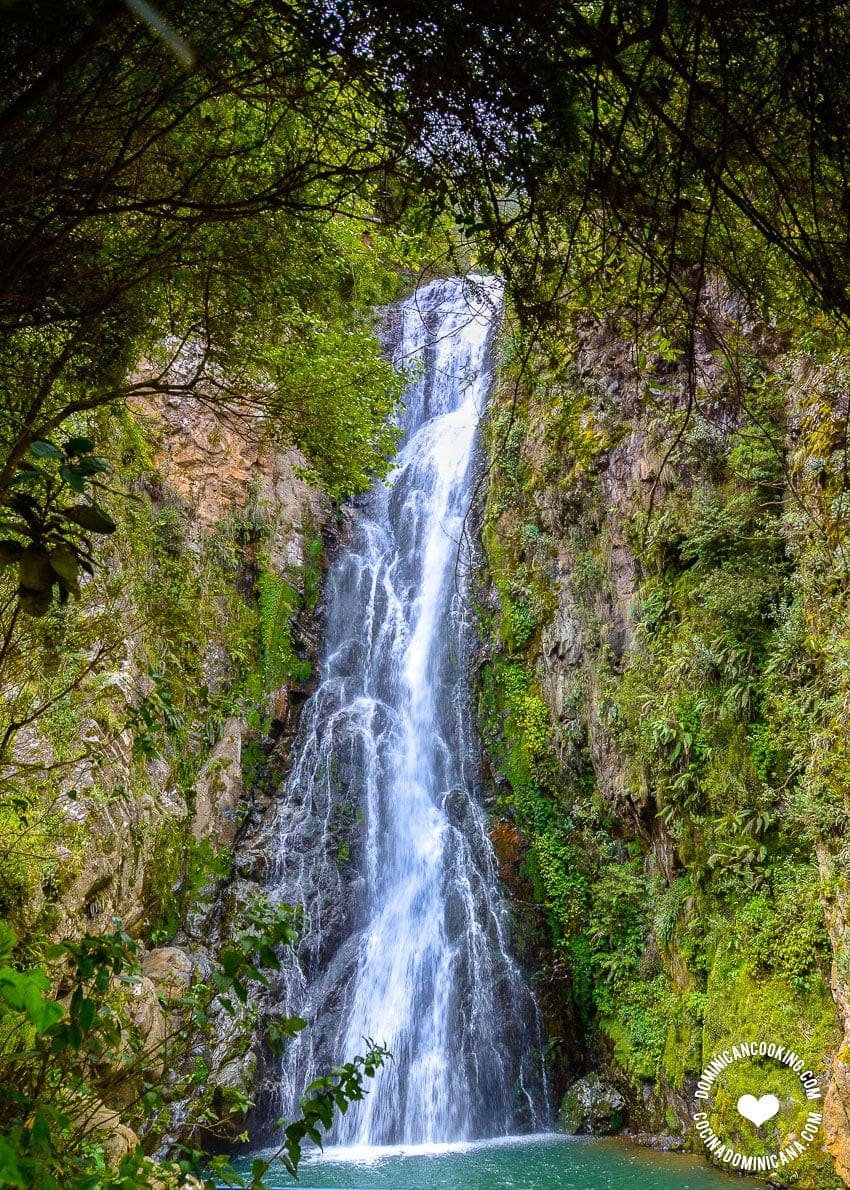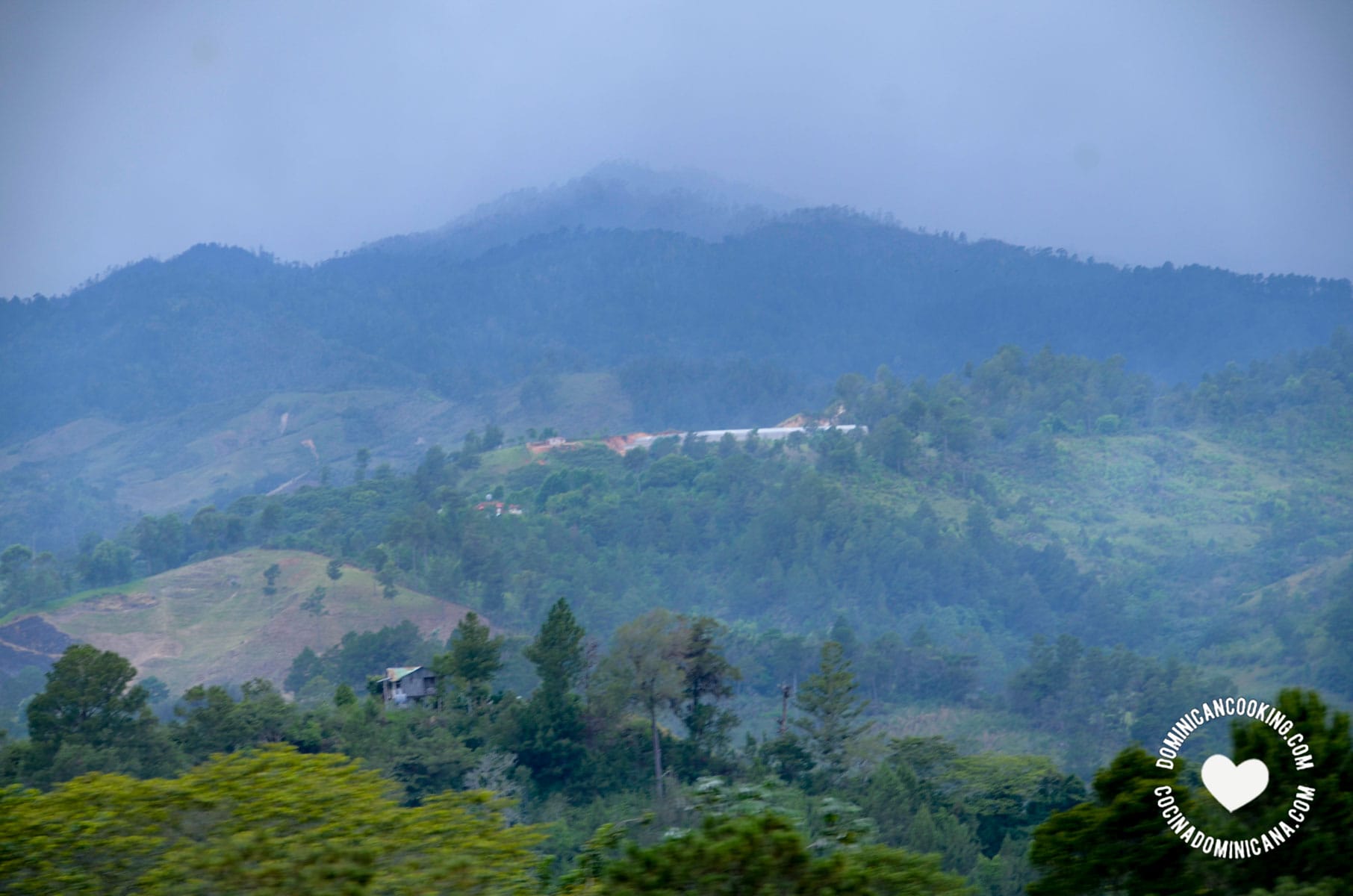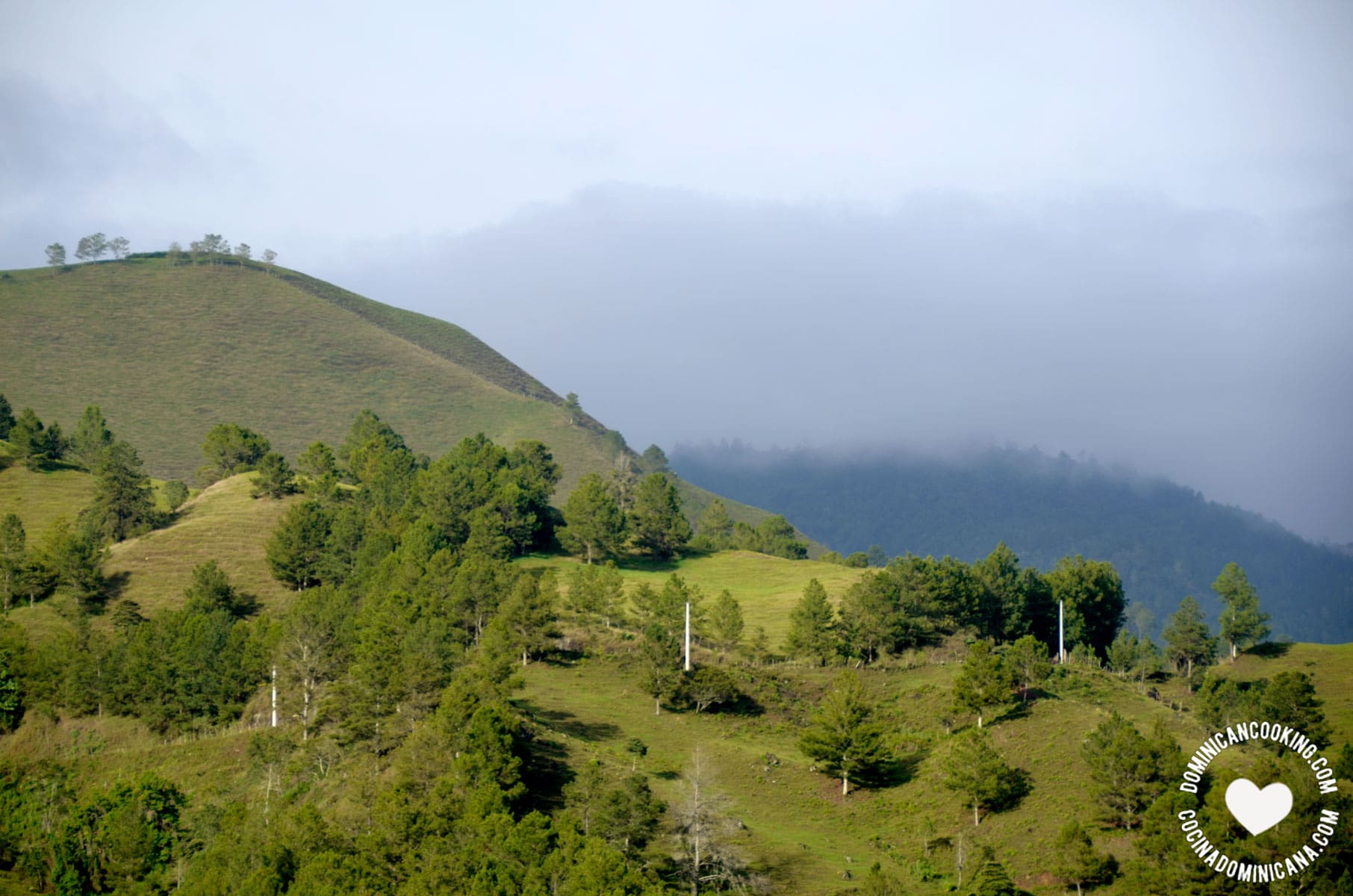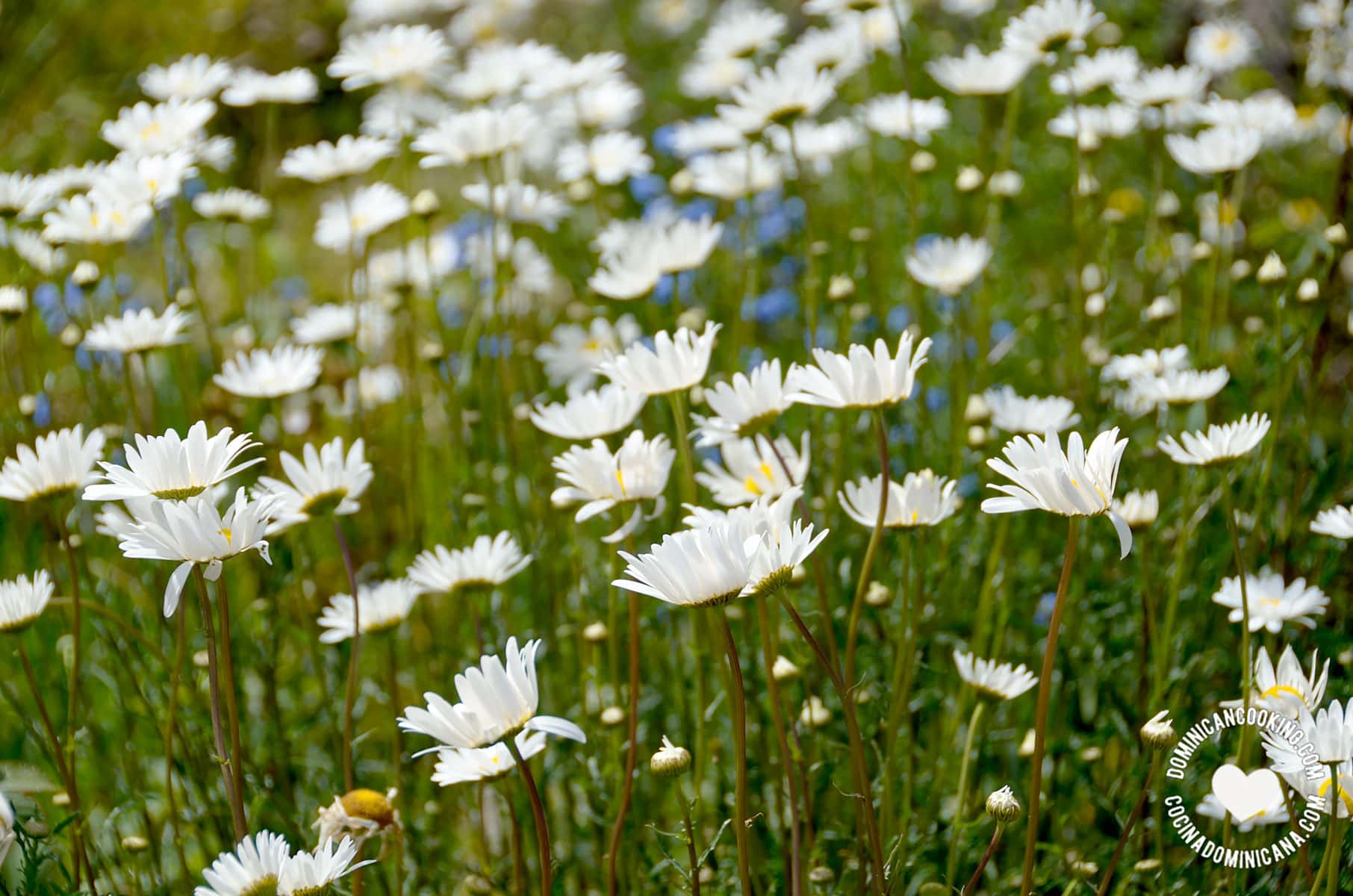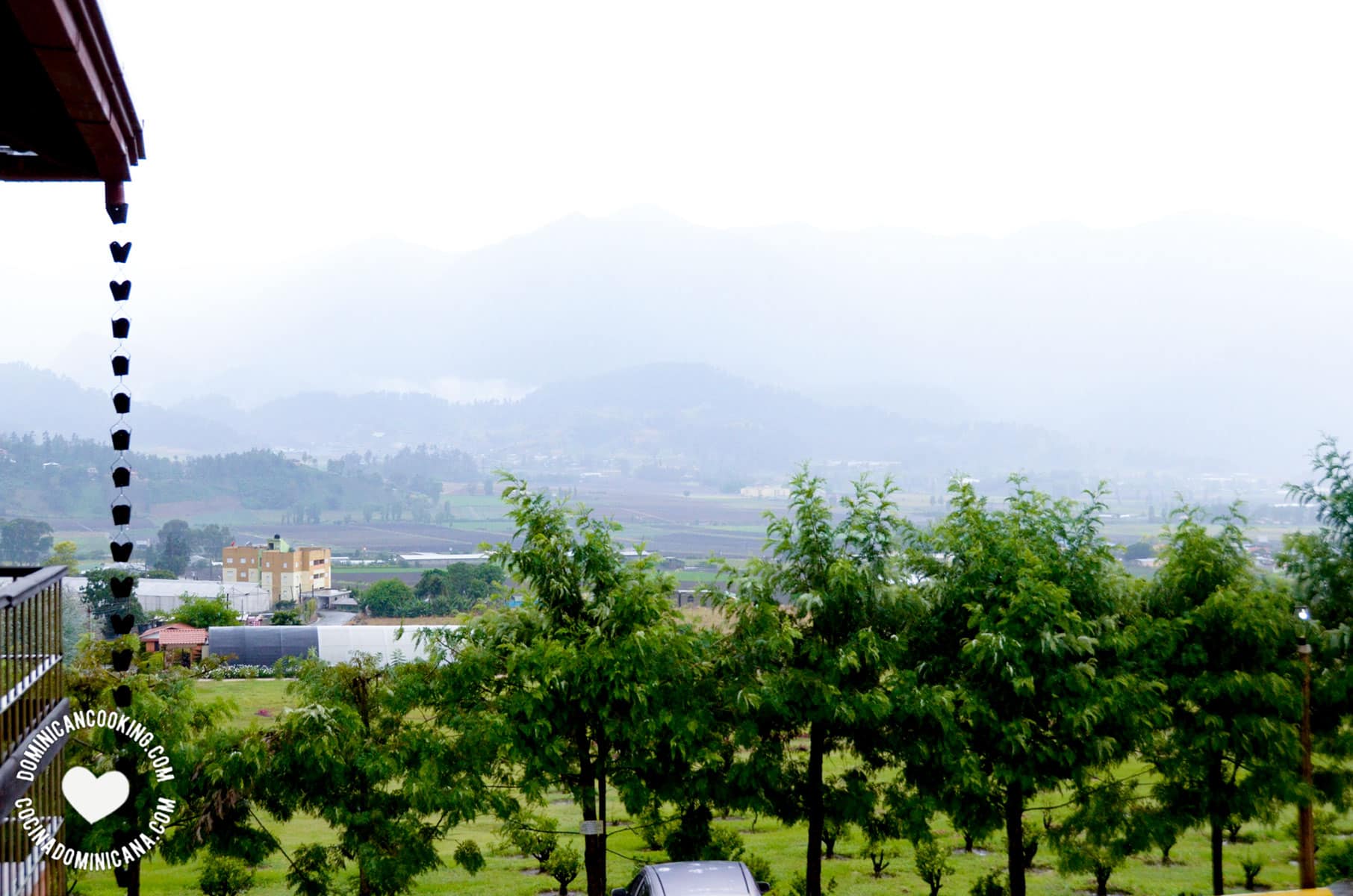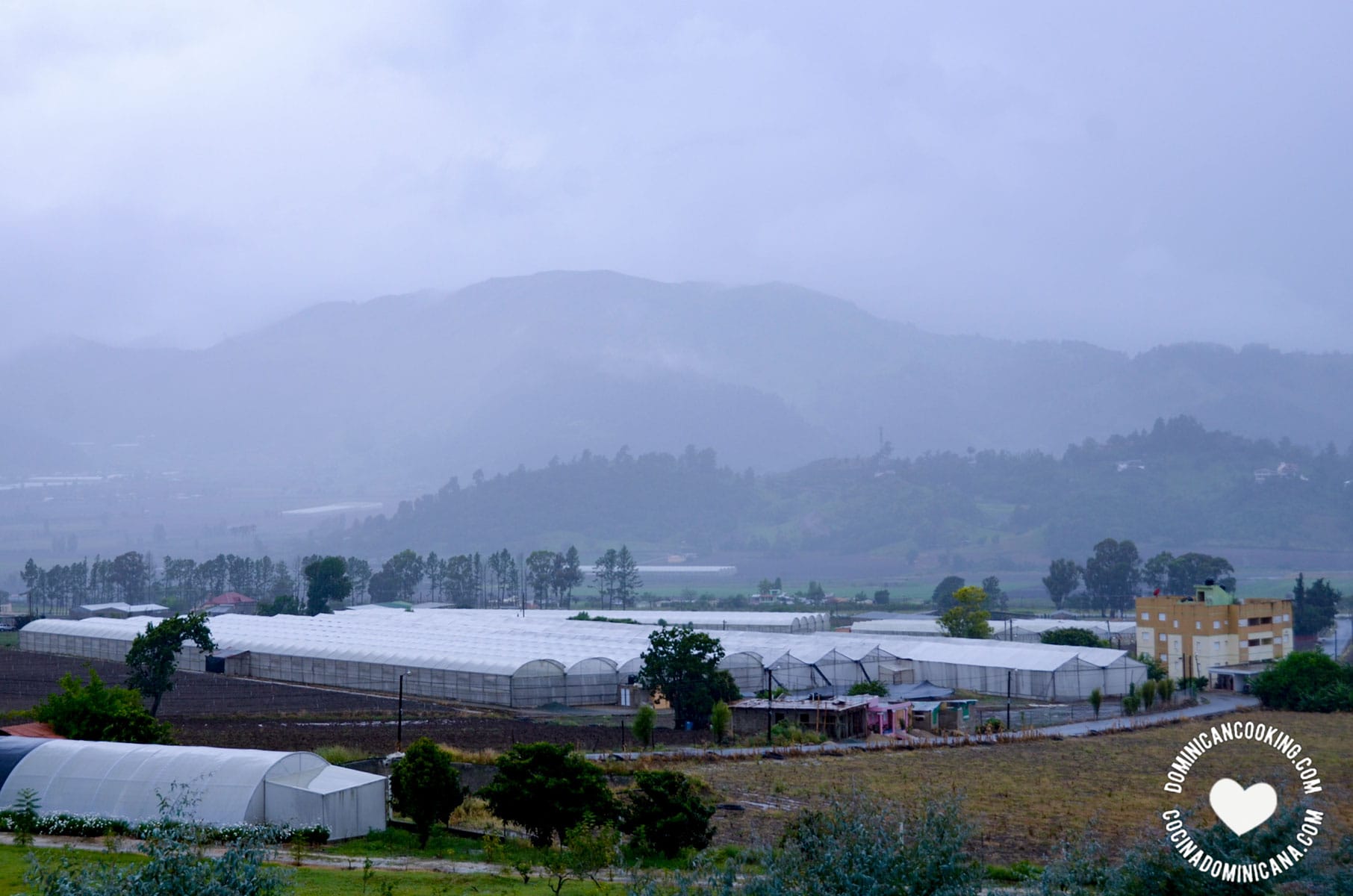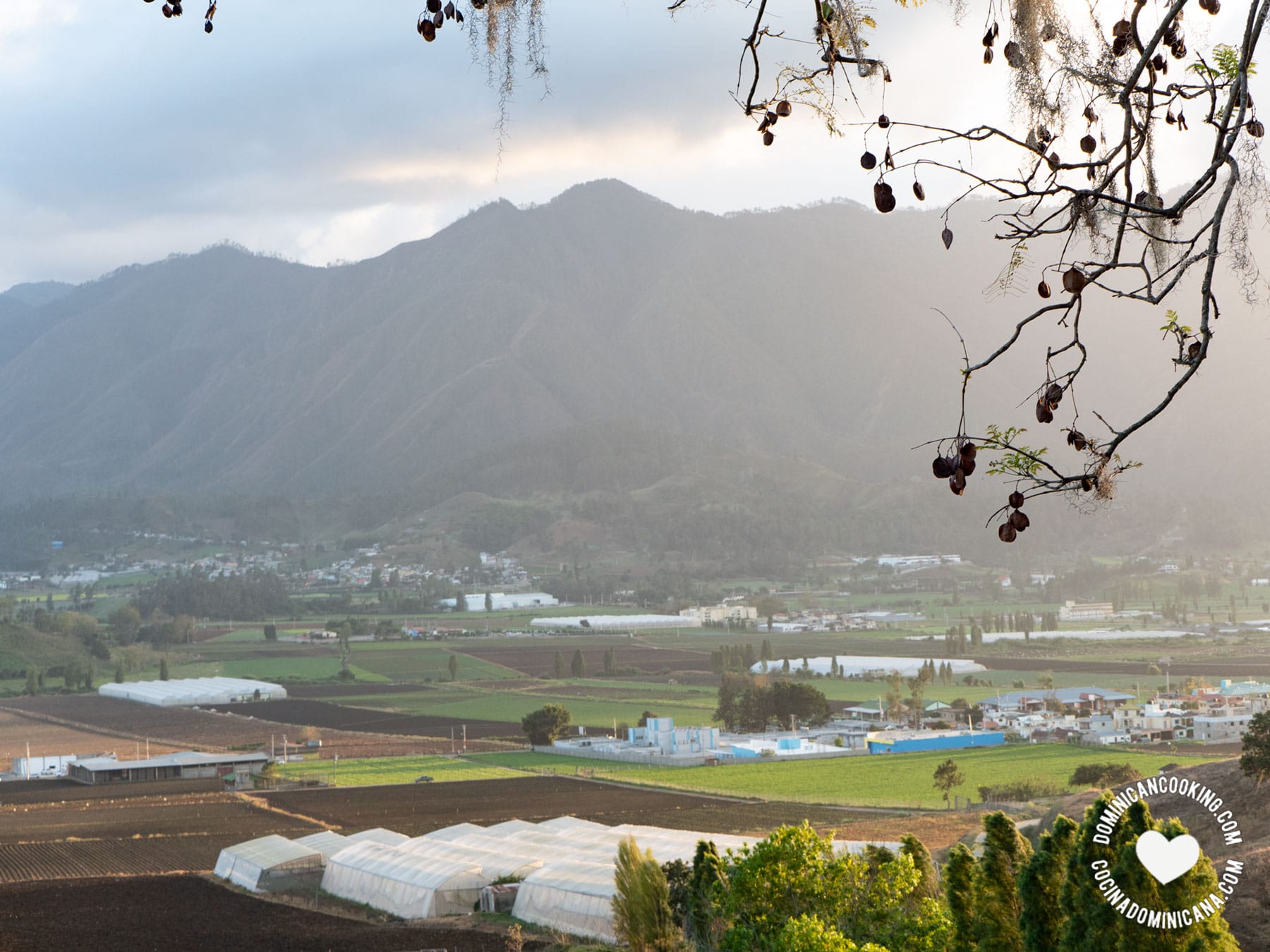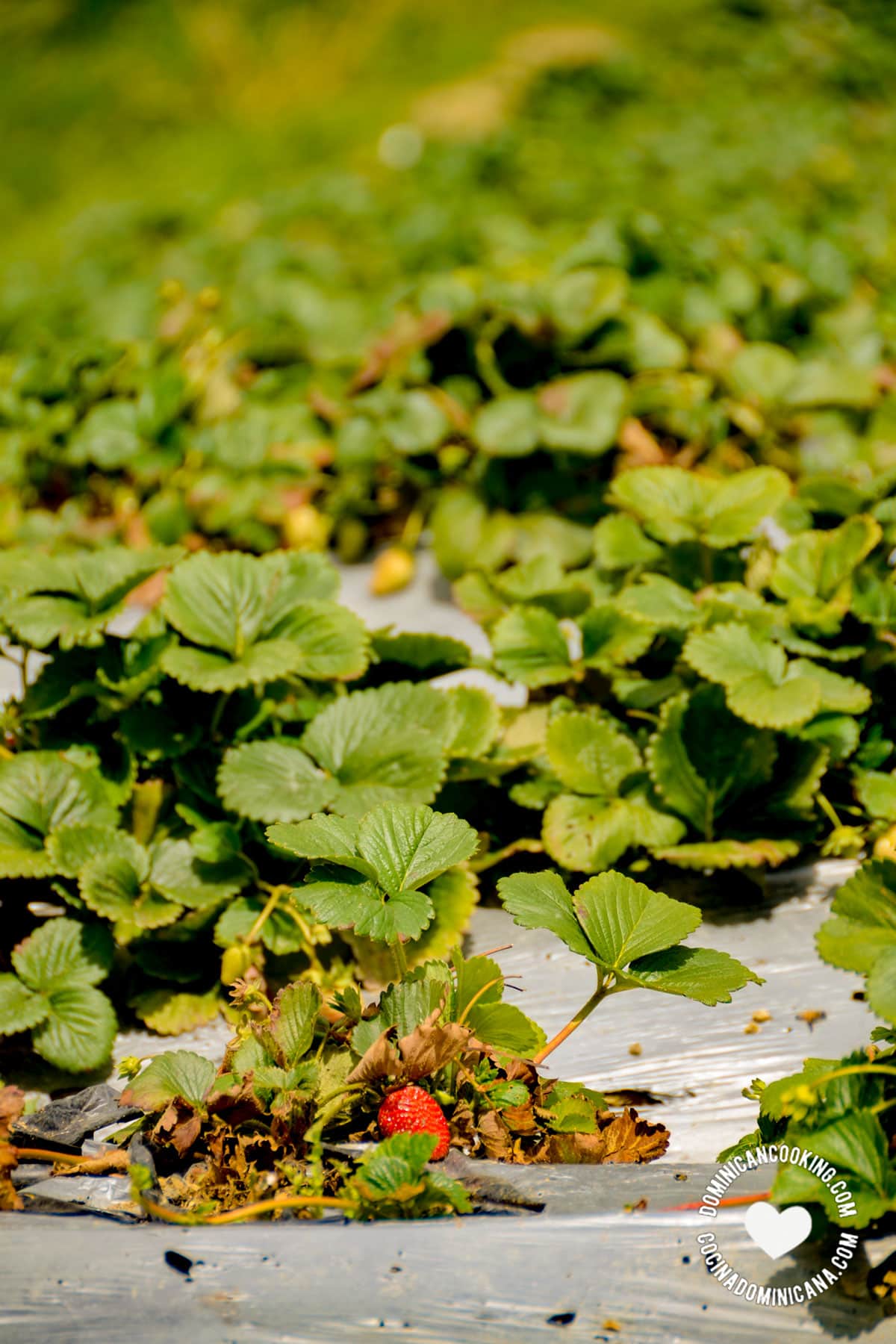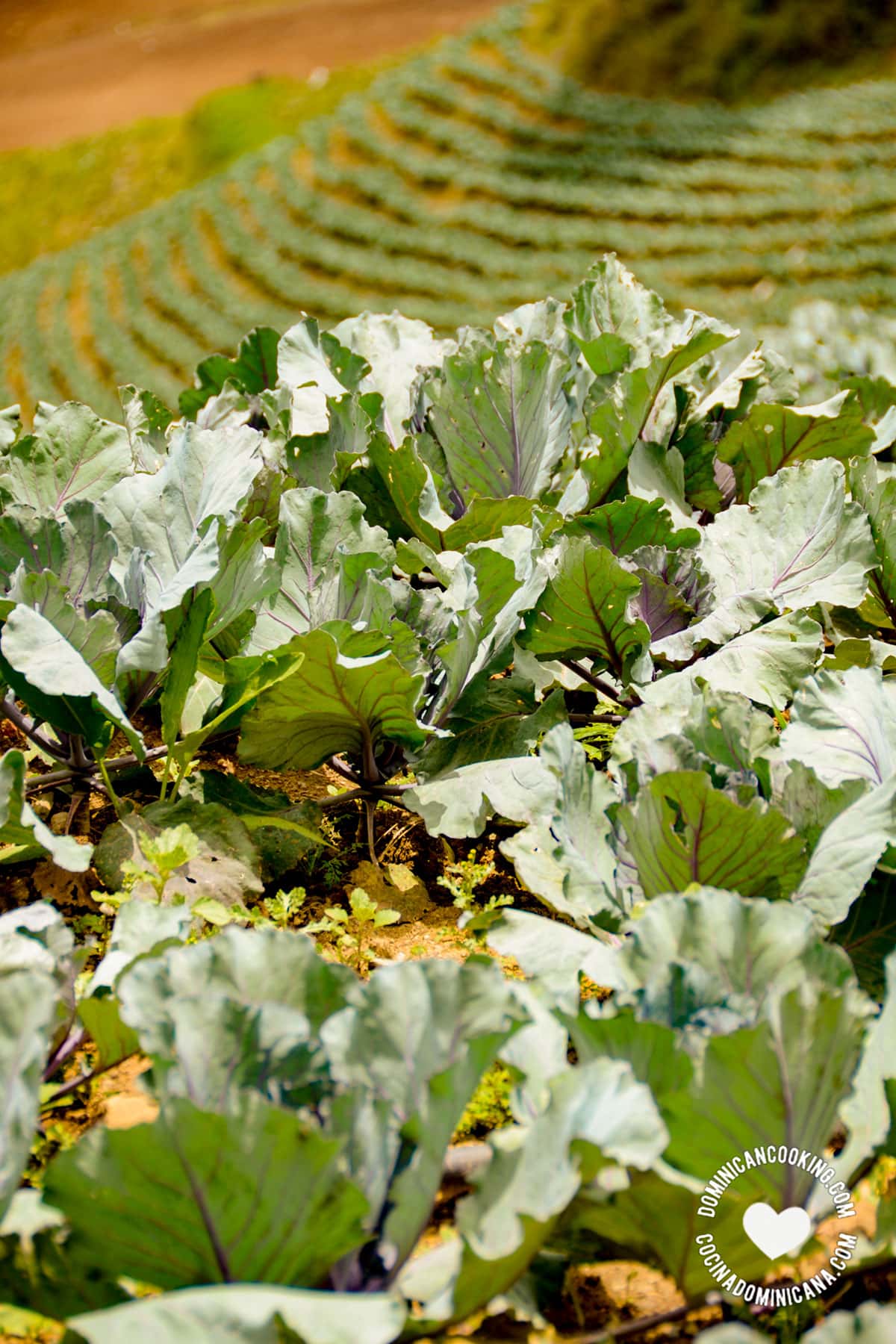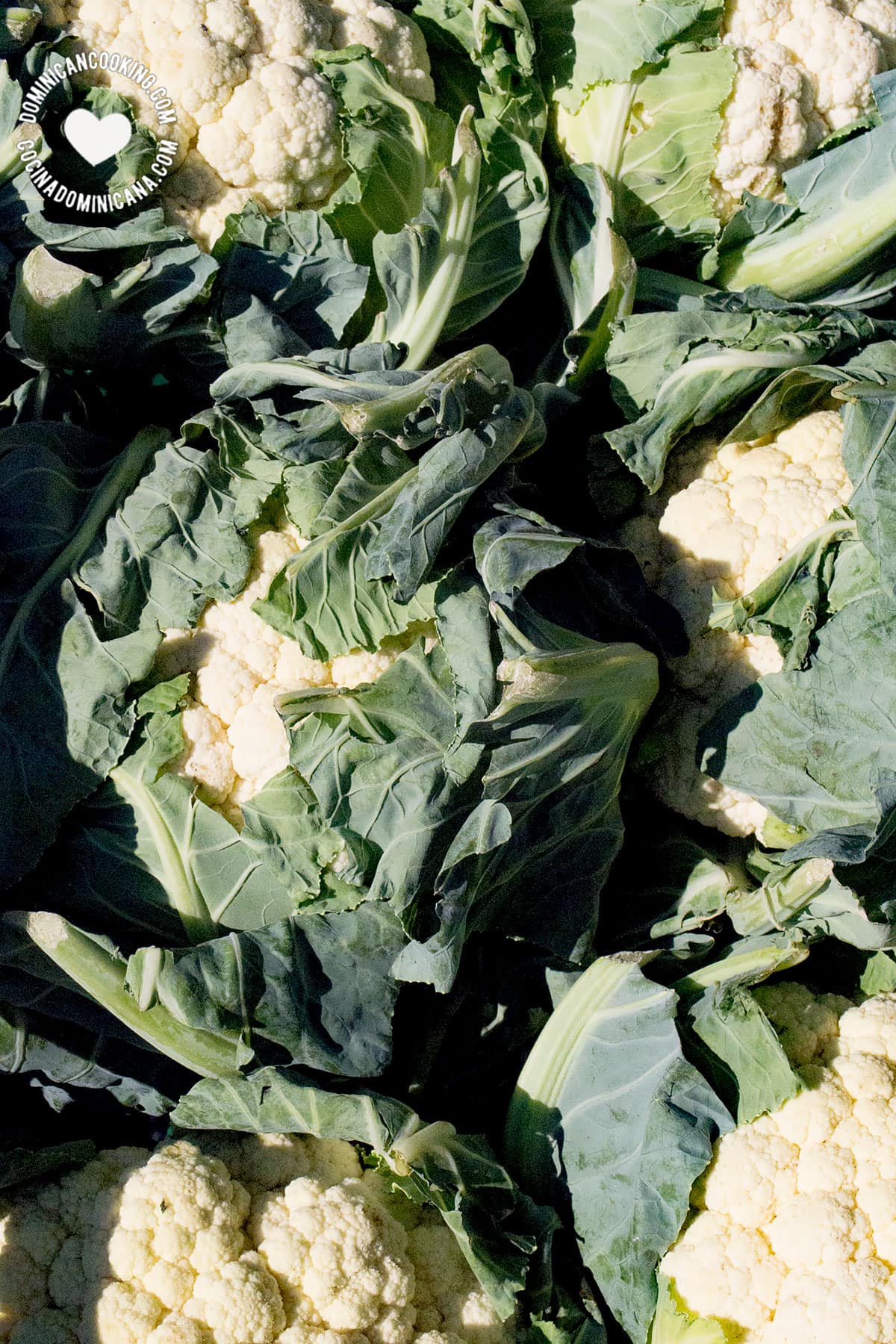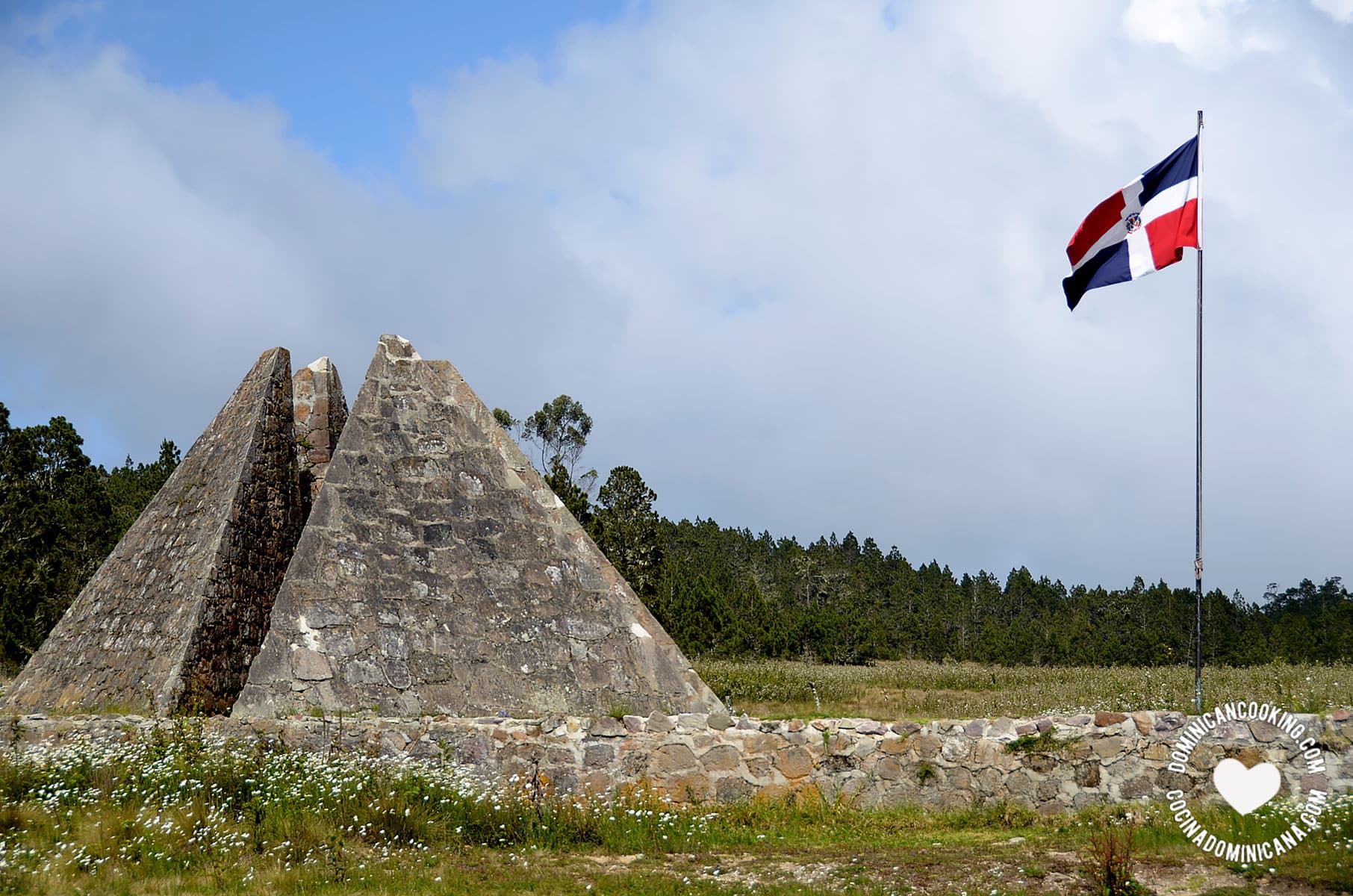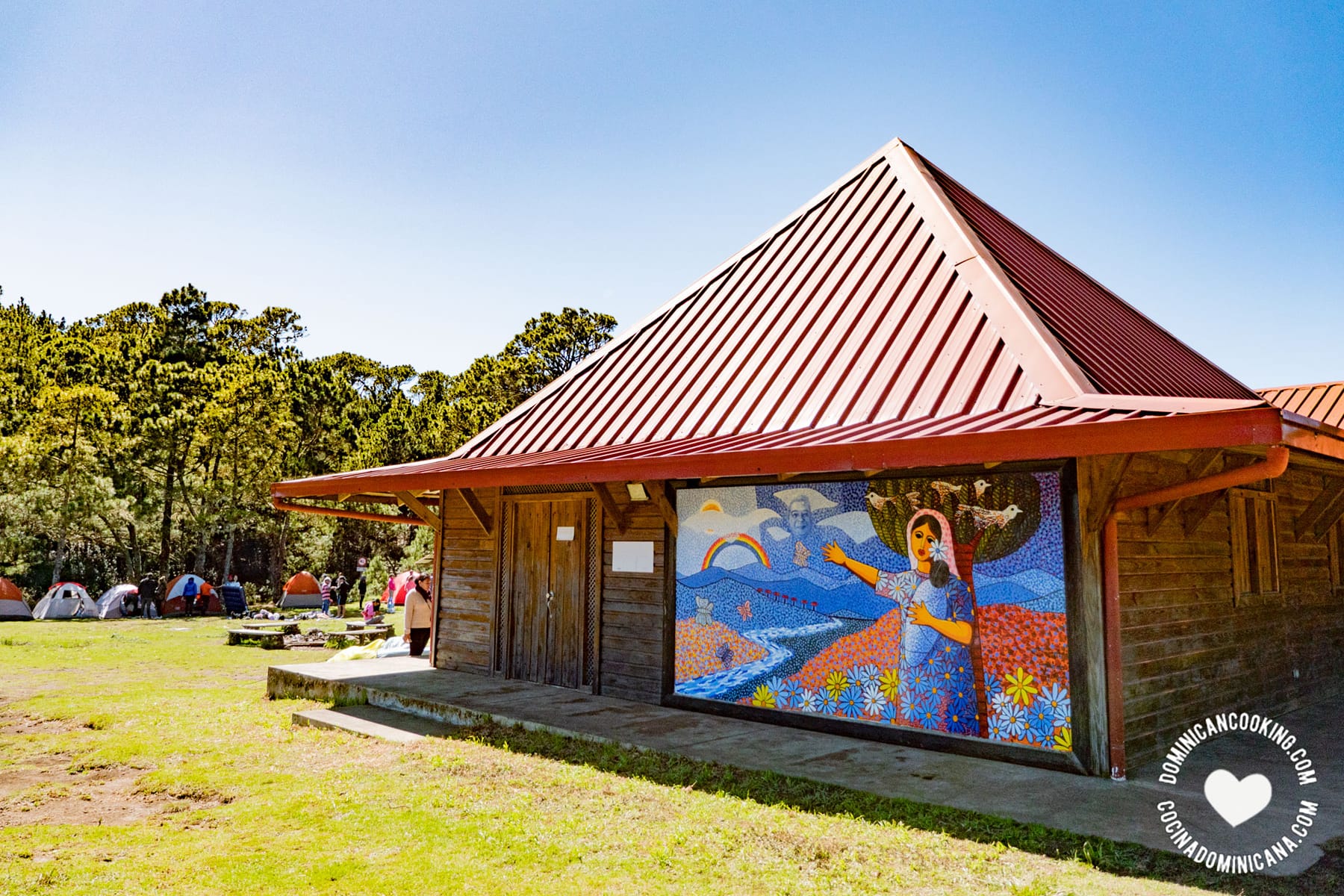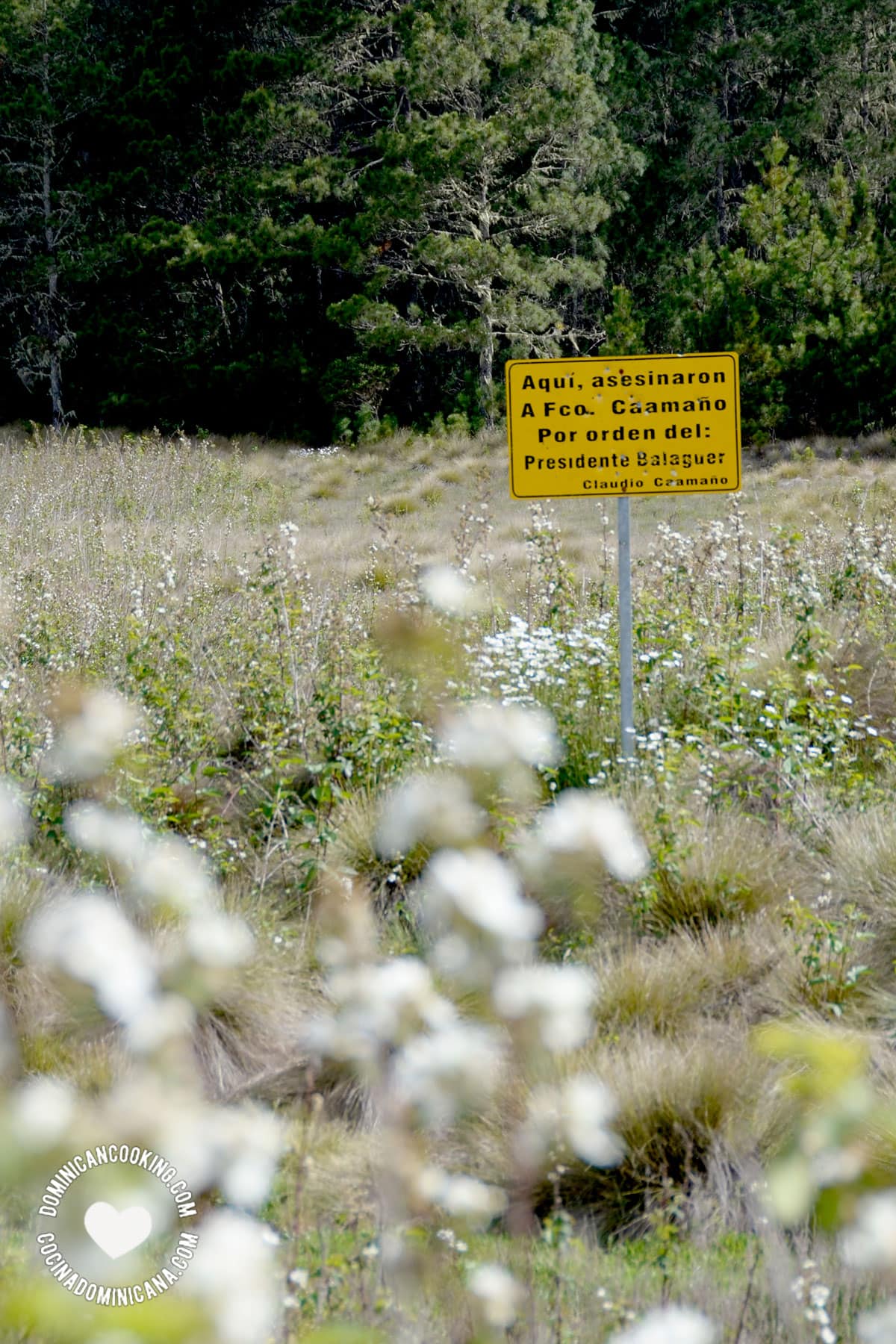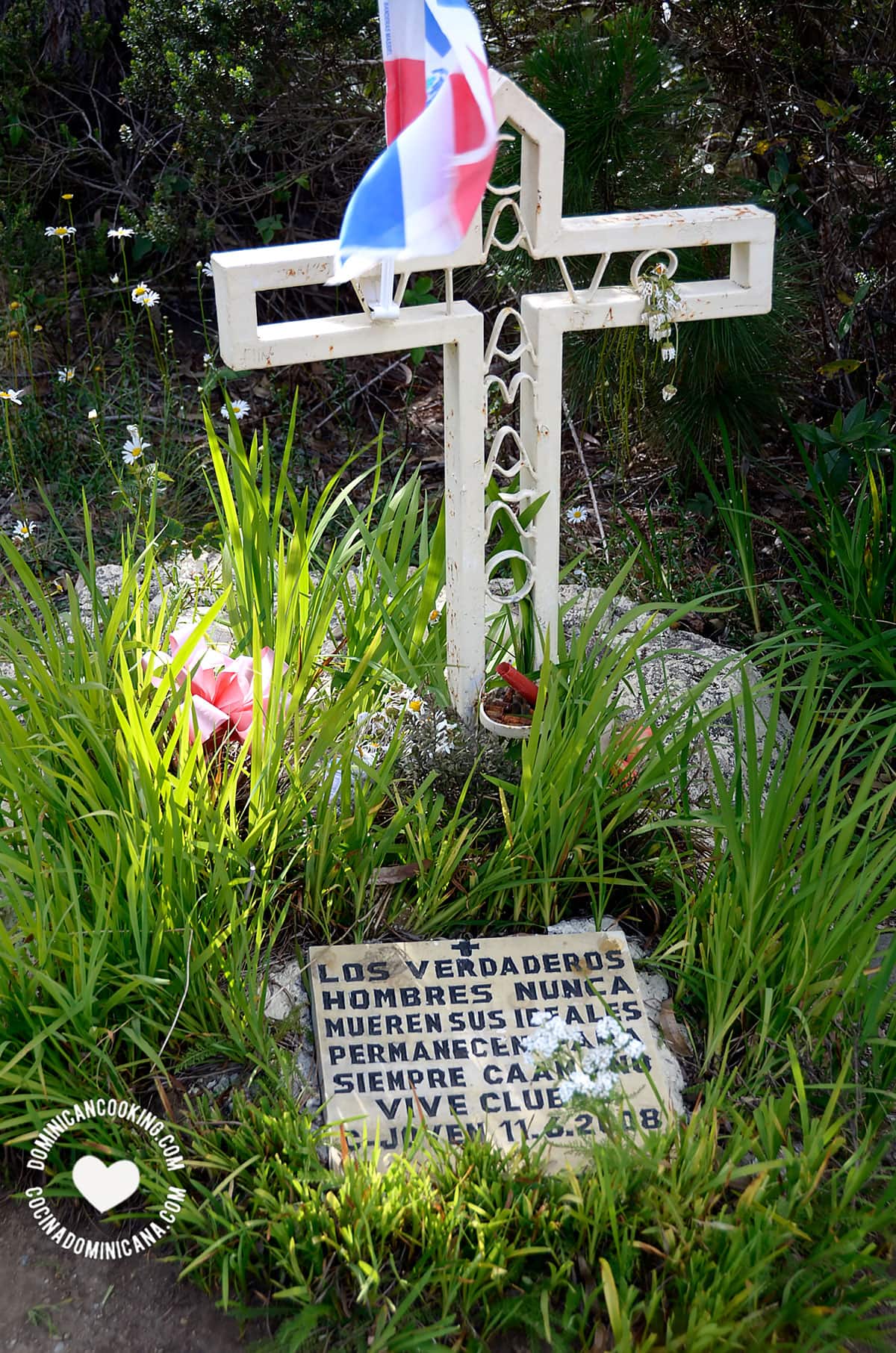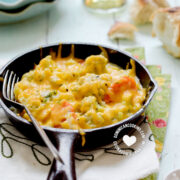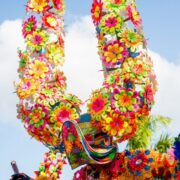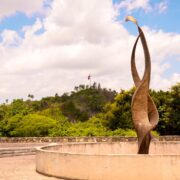If you think the Caribbean is just white sand beaches and warm days, Constanza will surprise you. Let me show you this jewel that some call the Switzerland of the Caribbean.
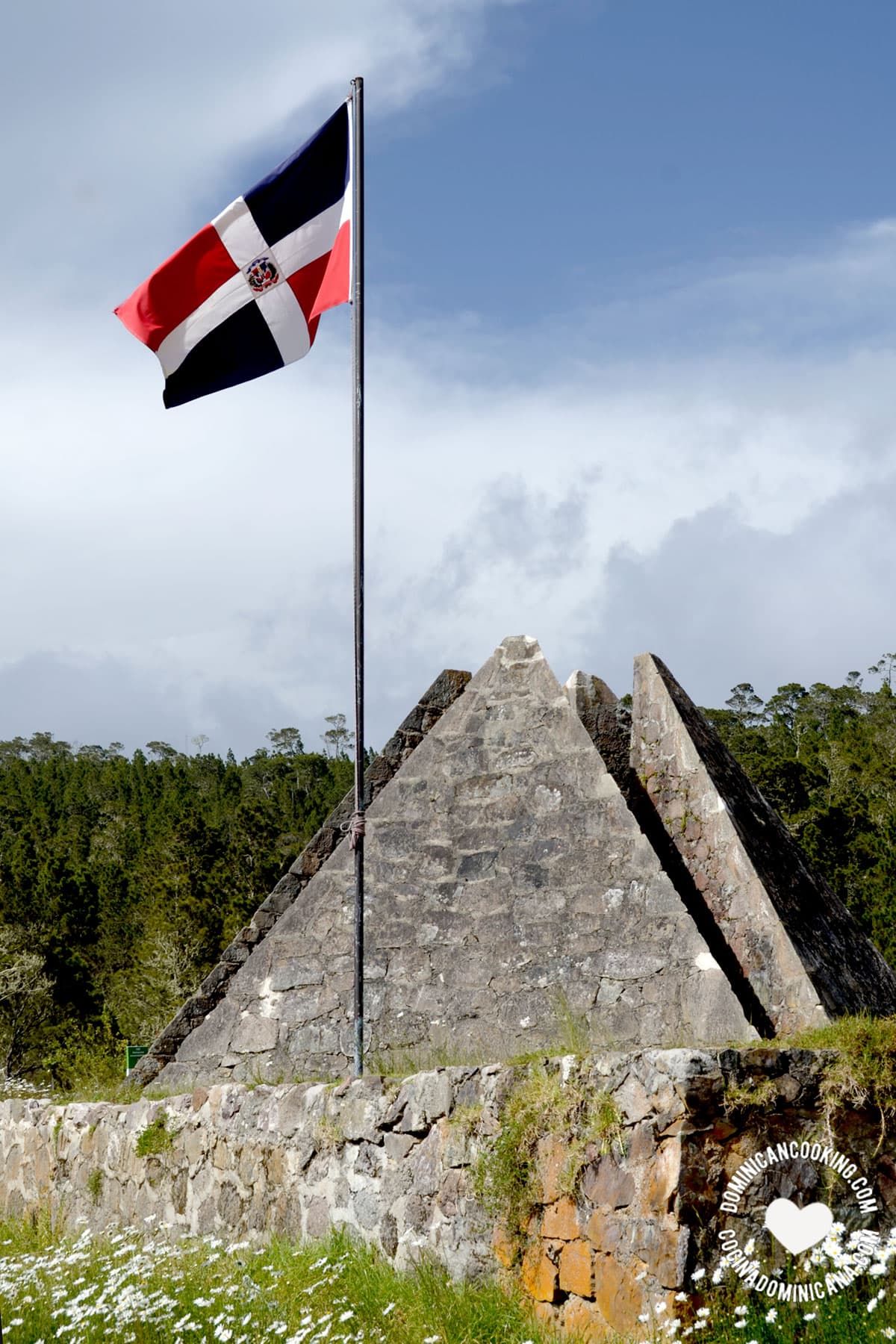
After a long, meandering trip from Puntacana, we found ourselves in Constanza, Dominican Republic, the beautiful hidden valley that seems to belong to another place, another time.
We were at times so impressed, so awestricken, that we might have uttered a few words in front of our child that we would normally never use. Luckily she seemed deaf to them, seeing with wonder some of the most beautiful places we have taken her.
Coming from sun-scorched PuntaCana (with temperatures maxing in the mid-90s ºF [mid-30s ºC] these days) we were ready for a respite from the heat, boy, did Constanza deliver! The valley, as we were informed by more than one person, was going through a heat wave, which prompted my question "When you say "hot", what exactly do you mean?". The answer was that the temperature had risen to 77 ºF [25 ºC], in June!
Meh! I wake up to higher temperatures in PuntaCana.
It was early in the afternoon and a chilly but comfortable 68 ºF [20 ºC] welcomed us. It was like stepping into another hemisphere in just an hour's drive. As the foggy day gave way to cold night (60.8 °F [14 ºC] that night), I sipped a delicious ginger tea (after a dinner that included a cream of celery root) in the terrace overlooking fields at the feet of the mountains. Such quiet and serene night.
That night after turning myself into a ball under the many blankets I had the best night sleep in a long time.
"But this is a food blog. Talk about food, caramba!". Hey, Constanza is all about food too!
This is an agricultural town, and everywhere you turn you will be reminded of it. There is a growing field everywhere, from the city to the most implausible mountainsides (how do they get there?). Not only is the soil in Constanza dark and rich, it is its unusual status as the Caribbean's coldest spot that makes it so important for our food supply.
While you will see in Constanza crops that are also grown elsewhere in the country (like onions) you will find here a selection of decidedly-non-tropical crops: garlic, peaches, potatoes, strawberries, etc. We stopped at farms, inquired about the "odd-looking" plants, and once again proved my ignorance of all-things nature when my husband tried to explain why it is not possible for me to grow strawberries in PuntaCana ("you'd have to keep it in an air-conditioned 'sunroom'"). Oh well.
The pictures above are fields tucked into some hidden, hard-to-reach spots through bumpy roads. Everywhere we went people were incredibly sweet and helpful with "the outsiders" (their term*), even if I sure looked like a wild-eyed idiot, probably asking the same inane questions that they had heard hundreds of times before from some equally-clueless outsiders.

One of the sites everybody recommended was the Aguas Blancas waterfall. Sure it is not the most impressive waterfall in the country, but it seems to be the most “untouched”. There seems to be a simple explanation for this: the “road” is hair-raising. It starts well enough for an unpaved road, enough to make you think this is just going to be another day trip. But soon – between the narrow road with a mountain on one side and a steep fall on the other – we felt like we were in a Top Gear episode, recreating one of the wacky trio’s insane trips.
Or perhaps we are older, wiser, and have a kid, and thus have a sense of responsibility and preservation that we lacked in our old days of adventures. Having made it in one piece, we are glad we took the trip. And gladder to be back home.
In the opposite direction, we went to see The Pyramid, the geographical center of our country, somewhere in the middle of a national park. The cold wind, pine tree forest, and wildflowers transported us to another place. It was like we were dropped in summertime Scandinavia. The road is pretty good (unpaved, though), the premises spotless and very well maintained, the park rangers were very friendly (we wondered if they were not just very happy to have some company other than each other in such an isolated spot).
They regaled us with tales of unusually cold winters in which a bucket and mop left outside turned into a popsicle of sorts. And told us campsite stories of somebody once dying of exposure, a distinct possibility in those mountains if you find yourself unprepared in minus-zero temperatures and howling winds.
We took pictures of each other standing in the middle of the pyramid, which forms a cross pointing to the four cardinal points.
On the way back, a small sign and a humble monument mark the site of one of the most important moments in 20th-century Dominican history. The spot where Col. Camaño was assassinated. To get there one must walk through a field of wildflowers, it was a very surreal experience.
My daughter didn't want to come back home. Probably on account of the temperatures alone; she has Viking blood in her and she is no fan of the heat. I didn't want to come back either (you will hear more about our trips), I can perfectly see myself spending every summer that we are not abroad looking at those beautiful mountains and eating freshly-picked food. Ah, to dream!

*Los de afuera


